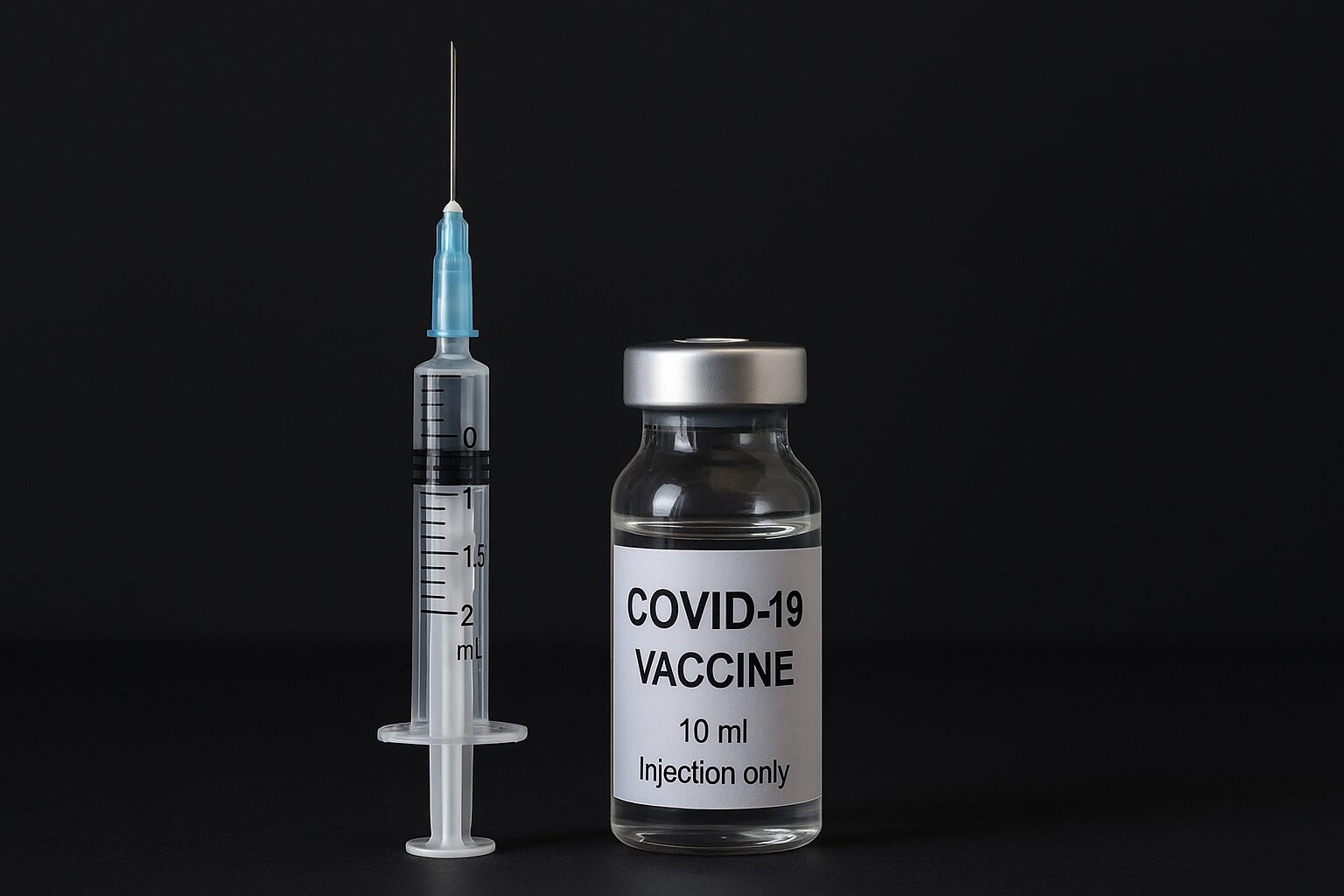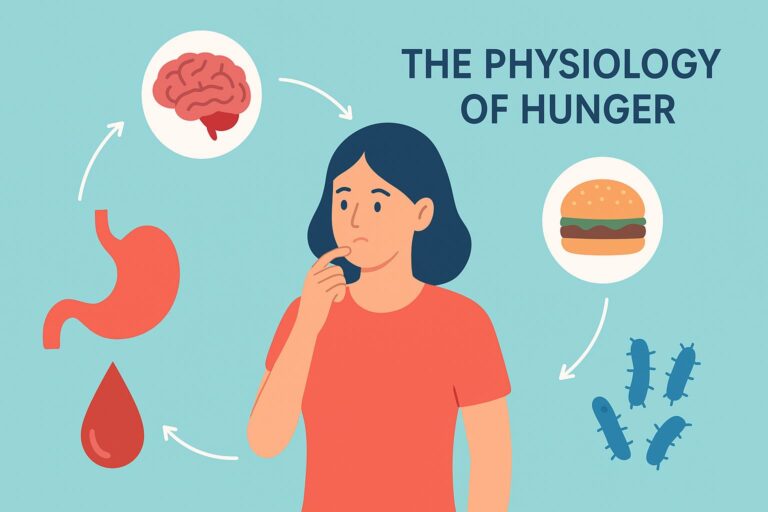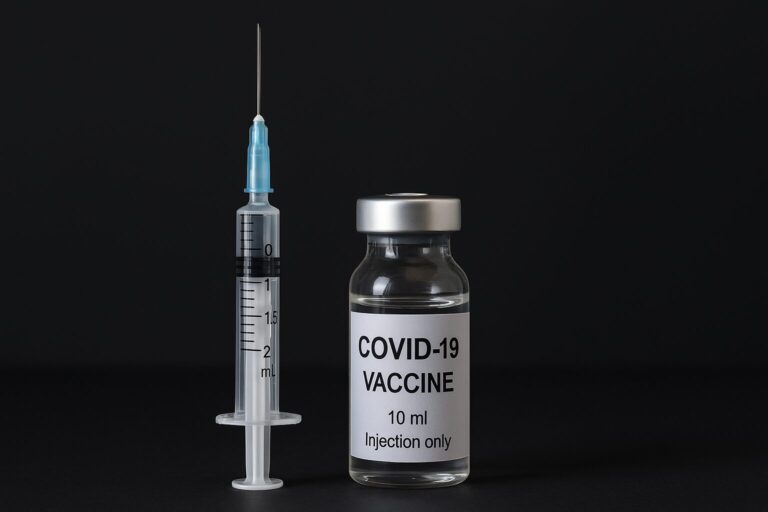
A comprehensive review published in the European Journal of Medical Research explores how COVID-19 vaccines may affect the nervous system — and what science still needs to uncover.
The Race for a Cure — and Its Consequences
When COVID-19 swept across the world in early 2020, the global scientific community entered a race against time. Within months, the first vaccines were developed, tested, and authorized for emergency use. It was a milestone of biomedical innovation — but also an unprecedented global experiment.
These vaccines were released under emergency use authorizations, meaning that long-term safety data were still incomplete. While this decision was understandable given the urgency of the pandemic, it naturally raised questions about possible side effects, especially those affecting the brain and nervous system.
That concern led researchers Roya Hosseini and Nayere Askari to publish their 2023 study, A Review of Neurological Side Effects of COVID-19 Vaccination, in the European Journal of Medical Research. Their goal was clear: to analyze and summarize the existing evidence on how COVID-19 vaccines may influence neurological health.
Four Vaccine Technologies, Different Biological Pathways
The global vaccination campaign relied on four main technological platforms:
- mRNA vaccines (Pfizer–BioNTech, Moderna)
- Adenoviral vector vaccines (AstraZeneca, Johnson & Johnson, Sputnik V)
- Inactivated virus vaccines (Sinovac, Sinopharm, Covaxin)
- Protein subunit vaccines
Each platform stimulates the immune system in a unique way. mRNA vaccines instruct human cells to produce the viral “spike” protein temporarily, while adenoviral vaccines use a modified virus to deliver similar genetic instructions. These processes are powerful — but they can also trigger complex immune responses, sometimes beyond what was initially expected.
The Nervous System Under the Microscope
According to the review, neurological reactions are among the most frequently reported side effects after COVID-19 vaccination.
They range from mild, short-term symptoms — such as headache, dizziness, or fatigue — to more serious neurological syndromes requiring hospitalization.
The most frequently documented effects include severe headaches, tingling sensations, muscle weakness, tremors, and temporary facial paralysis (Bell’s palsy).
More severe but rarer complications involve strokes, encephalitis, transverse myelitis, Guillain-Barré syndrome, and seizures.
Symptoms often appear within days to weeks after vaccination, and while most cases are reversible, some can be life-threatening. Notably, women between 30 and 50 years old appear more frequently in reported cases — possibly due to stronger immune reactivity in females.

When Immunity Turns Against the Body
Hosseini and Askari describe two possible biological mechanisms behind these effects: immune cross-reactivity and molecular mimicry.
In simple terms, the immune system may mistake certain structures in the body for parts of the virus it was trained to attack, causing autoimmune inflammation of neural tissues.
This phenomenon has been seen before — with vaccines for influenza, hepatitis, and others. In the case of COVID-19 vaccines, it can lead to conditions such as transverse myelitis, which inflames the spinal cord and causes paralysis or sensory loss, and neuromyelitis optica, which affects both the spinal cord and optic nerves.
Some reports even describe multiple sclerosis first manifesting after vaccination, especially following mRNA doses — suggesting that vaccination could, in rare cases, act as a trigger in genetically predisposed individuals.
Thrombosis and Brain Hemorrhage: The Adenoviral Vector Connection
One of the most alarming findings was the association between adenoviral vector vaccines (such as AstraZeneca and Johnson & Johnson) and cerebral venous sinus thrombosis (CVST) — a rare but severe type of blood clot in the brain.
The mechanism involves the creation of antibodies against platelet factor 4 (PF4), which paradoxically cause both clotting and platelet depletion.
This condition, known as vaccine-induced immune thrombotic thrombocytopenia (VITT), can lead to stroke, intracranial bleeding, or death if not promptly diagnosed.
Other Neurological Effects: From Facial Paralysis to Viral Reactivation
Beyond clotting disorders, the review identified other neurological phenomena such as Bell’s palsy, optic neuritis, loss of smell or taste, tinnitus, and visual disturbances.
Another curious finding was the reactivation of latent viruses, especially Herpes Zoster (shingles).
The theory is that the immune system, temporarily redirected toward the vaccine target, may lose its grip on dormant viruses within nerve tissues.
In rare cases, this leads to Ramsay Hunt syndrome, which combines facial paralysis and hearing loss — the same condition that affected musician Justin Bieber in 2022.
What We Know — and What We Don’t
The review emphasizes a crucial scientific principle: correlation is not causation.
Just because an event happens after vaccination does not prove the vaccine caused it. However, when similar patterns appear independently across different populations, they demand careful scrutiny.
The most frequently reported neurological conditions following vaccination were:
- Cerebral venous sinus thrombosis (mainly with AstraZeneca)
- Transverse myelitis (across several vaccine types)
- Bell’s palsy (Pfizer, Moderna, AstraZeneca)
- Guillain-Barré syndrome (Pfizer, AstraZeneca, J&J)
- New-onset multiple sclerosis (mostly Pfizer)
Even if rare, these cases highlight the importance of continued research and transparent data reporting.
Post-Marketing Surveillance: The Fourth Phase of Science
The authors argue that the scientific community must prioritize long-term safety monitoring (Phase IV trials) — the only way to detect uncommon but serious side effects that may appear months or years after mass vaccination.
They also stress the problem of underreporting: many mild or moderate cases never reach official databases, creating a gap in real-world data.
This means the true prevalence of some neurological events might be higher than currently recognized.
Scientific integrity, they suggest, depends not on denying risks, but on acknowledging and quantifying them honestly.
Transparency Is Not Anti-Science
Discussing adverse events should not be equated with vaccine denialism. It is part of responsible scientific discourse.
True scientific progress relies on transparency — and on the freedom to question, analyze, and refine.
Recognizing potential risks is not about fear; it’s about empowerment through knowledge.
Just as informed citizens make responsible decisions about self-defense and health, informed patients must have access to the full picture of medical interventions.
Only through open discussion can public trust in science truly grow.
Reference
Hosseini, R., & Askari, N. (2023). A review of neurological side effects of COVID-19 vaccination. European Journal of Medical Research, 28(1), 102.
https://doi.org/10.1186/s40001-023-00992-0
Forge Your Mind. Build Your Biology.
Join the Forge Biology newsletter — where science meets strength.
Every week, you’ll get:
-
Evidence-based insights on training, performance, and recovery
-
Real analyses of supplements that work (and the ones that don’t)
-
Deep dives into hormones, nutrition, and human optimization
No fluff. No marketing hype. Just data-driven knowledge to build a stronger body — and a sharper mind.
Subscribe now and start mastering your biology.







